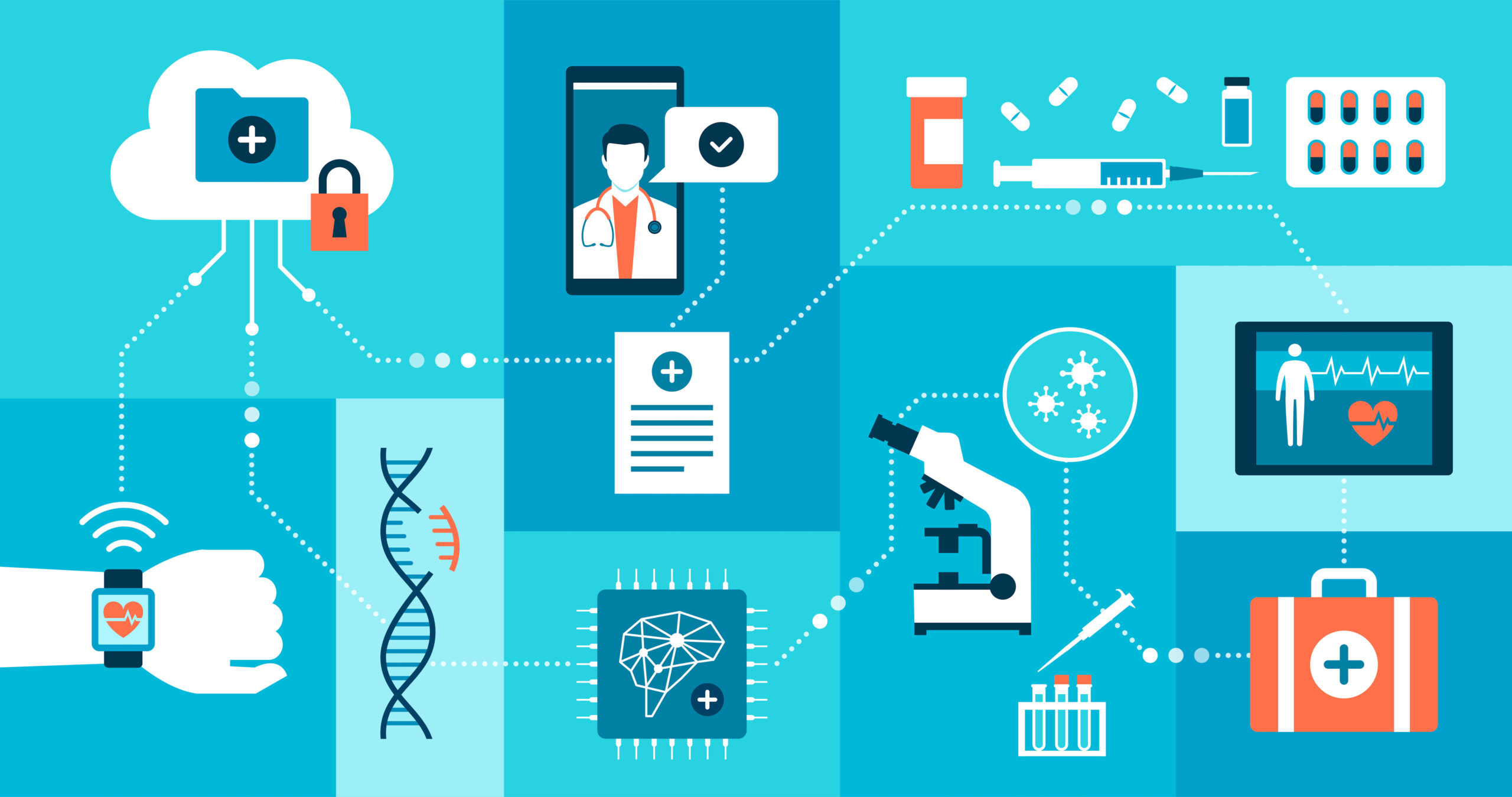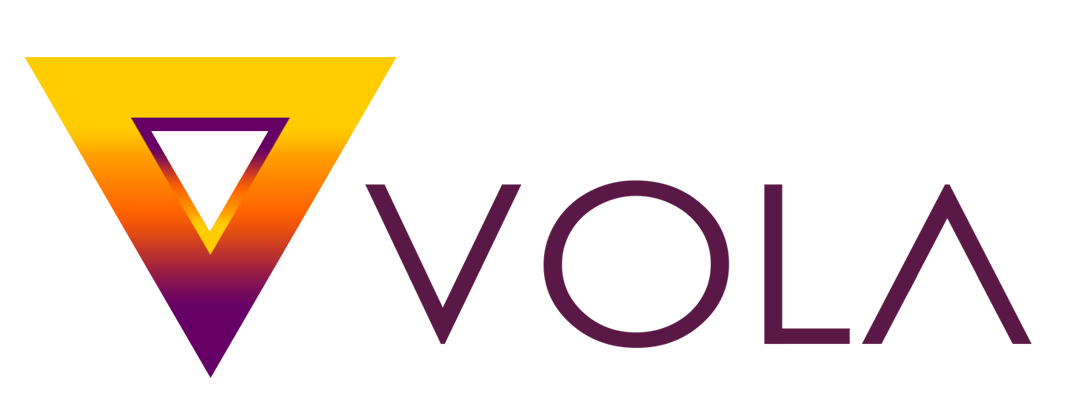
Beyond the Clinic: How CCM and RPM are Redefining Chronic Care
In an era where technology and healthcare are increasingly intertwined, the landscape of patient care is evolving rapidly. The advent of innovative healthcare models is not just a response to changing times but a proactive step towards a future where quality care is accessible and continuous. Amidst these groundbreaking changes, two concepts stand out for their transformative potential: Chronic Care Management (CCM) and Remote Patient Monitoring (RPM). These models aren’t just buzzwords; they are pivotal in reshaping how we think about and deliver healthcare, especially for those grappling with chronic conditions.
As our population ages and the prevalence of chronic diseases rises, the traditional models of healthcare delivery are being pushed to their limits. The need for efficient, effective, and patient-centered care has never been more pressing. This is where CCM and RPM enter the picture, offering a beacon of hope and innovation. Both models revolve around the idea of caring for patients outside the conventional boundaries of clinics and hospitals, harnessing technology to bridge gaps in healthcare delivery.
However, despite their shared objective of enhancing patient care virtually, CCM and RPM are not one and the same. Each brings unique strengths to the table, and understanding their distinct roles and synergies is crucial for healthcare organizations looking to implement them effectively.
CCM focuses on comprehensive, non-face-to-face care coordination for patients with multiple chronic conditions. It encompasses everything from regular telephonic outreach to intricate medication management. In contrast, RPM uses the latest digital health technologies to collect and analyze patient health data in real-time. It represents a more data-driven approach, relying on connected devices to monitor patient health metrics continuously.
As healthcare providers and organizations grapple with the challenges of chronic disease management, the integration of CCM and RPM could be the key to unlocking a new era of healthcare efficiency and effectiveness. This blog post aims to demystify these concepts, explore their differences and overlaps, and highlight their potential in revolutionizing healthcare delivery. By understanding the nuances of CCM and RPM, healthcare providers can better strategize their adoption and maximize their impact on patient care and outcomes.
Join us as we delve deeper into the world of Chronic Care Management and Remote Patient Monitoring, uncovering the intricacies that make them the cornerstones of modern healthcare innovation.
What is Chronic Care Management (CCM)?
Chronic Care Management revolves around providing coordinated care services to patients with multiple chronic conditions, even when they are not physically present in a clinical setting. The essence of CCM includes:
– Continuous telephonic communication with patients
– Medication management
– Regular updates and sharing of care plans
– Coordination of referrals
– Development of action plans for health exacerbations
– Utilization of workflow documentation tools
The primary aim of CCM is to enhance care coordination and improve health outcomes remotely.
What is Remote Patient Monitoring (RPM)?
On the other hand, Remote Patient Monitoring focuses on utilizing digital health technologies to collect and transmit real-time health data remotely. This includes a range of data from vital signs and symptoms to medication adherence and physical activity. RPM uses this data to inform clinical decisions and monitor patient health trends.
RPM relies on an array of connected devices and apps, such as wireless scales, blood pressure cuffs, glucose monitors, and wearable activity trackers. This constant flow of data aids healthcare providers in early identification of potential health issues.
Delineating CCM and RPM
While CCM and RPM both facilitate ongoing virtual care, they differ in several aspects:
– CCM is more comprehensive, encompassing overall care coordination, whereas RPM is primarily focused on data collection and health monitoring.
– CCM involves a minimum of 20 minutes of clinical staff time per month per patient, a requirement not applicable to RPM.
– The technology used in CCM can be as simple as phones and emails, but RPM requires more specialized health monitoring devices and apps.
– CCM necessitates an initial visit for eligibility and care plan documentation, unlike RPM.
– The billing codes for CCM are distinct, while RPM uses a variety of CPT codes depending on the services provided.
The Convergence of CCM and RPM
Despite their differences, CCM and RPM share several key aspects:
– Both models extend chronic care beyond traditional clinic visits.
– They enhance patient engagement and adherence to treatment plans.
– Each model provides valuable data and insights for informed care decision-making.
– Both utilize technology to extend healthcare reach outside physical facilities.
– They aim to reduce long-term healthcare costs while improving patient outcomes.
Impactful Statistics on CCM and RPM
– A HIMSS study revealed that 61% of healthcare organizations have an RPM program, and 77% have implemented a CCM program.
– RPM has been shown to reduce hospitalizations by 21% across various patient groups.
– CCM participants experienced 6% fewer ER visits and 17% lower hospital readmission rates.
VOLA: Integrating CCM and RPM for Advanced Care
At VOLA we offer an integrated platform combining the best of CCM and RPM. Our solutions aim to create a comprehensive virtual care ecosystem, including:
– Coordinated CCM workflows
– Seamless data integration
– Configurable tools for patient engagement
– Advanced analytics
– Efficient Electronic Health Record (EHR) integrations
We are committed to pioneering home-centered, data-driven healthcare solutions. Our platform is designed to enhance patient experiences, improve clinical outcomes, and reduce costs through coordinated and connected virtual care.
Take the Next Step with VOLA
Explore the possibilities of our cutting-edge Remote Patient Monitoring (RPM) and Chronic Care Management (CCM) software and embark on a seamless transition from traditional fee-for-service models to the highly profitable world of value-based care. With RPM, you can elevate patient outcomes while significantly improving your financial performance.
The integration of patient care coordination is a stepping stone to the future of connected, insight-driven care. While interoperability challenges remain, the vision of seamless data sharing is closer than ever. And patients are increasingly embracing technologies to engage in their own health journeys.
As a small but mission-driven healthcare SaaS company, we believe passionately in the power of integrated mHealth data to drive better health outcomes. Our suite of intuitive apps and APIs enables patients and providers to close the data gaps between the healthcare SaaS and patient connection worlds. We dream of the day when a patient’s complete health journey is captured seamlessly across their phone, watch, EHR, and more.
No single company can realize this alone. But working together across the healthcare ecosystem, we can transform fragmented data into unified insight. We can turn burdensome documentation into informed care. And we can facilitate the promise of empowered patients and proactive, personalized treatment.
Interested in a demo to see our platform can be optimized for your laboratory needs? Contact us to schedule a demo with the VOLA team today!
Or simply enter your information here:
About VOLA
Our mission is to support the rapidly growing digital transformation of the healthcare industry. We do this by equipping medical offices and telehealth providers with customizable and affordable technology. One of our key differentiators is our ability to connect laboratory tests into the workflow of telehealth services. Additionally, we have a dedicated SaaS product line designed to empower laboratories with the tools they need to better serve patients and drive growth.

